Despite being two decades old, the Canon XL1 video camera still captures the attention of vintage video fans and independent filmmakers. However, utilizing it now brings significant worries regarding video quality, even though it was an innovative camera during its era. Whether you're retrieving your old Canon XL1 or purchasing a secondhand one, you may contemplate whether this camcorder can still produce high-quality recordings in today's digital era.
That is the reason you need reliable information about the Canon XL1. For those who consider this camera for creative projects or archival purposes, it is essential to understand its specifications and limitations. Hence, in this guide, we’ll break down XL1’s legacy and know whether it's still worth using today. Plus, by the end of this article, we’ll provide a quick solution for handling video file corruption.
Table of Contents
Part 1. Canon XL1 Video Camera: A Brief History
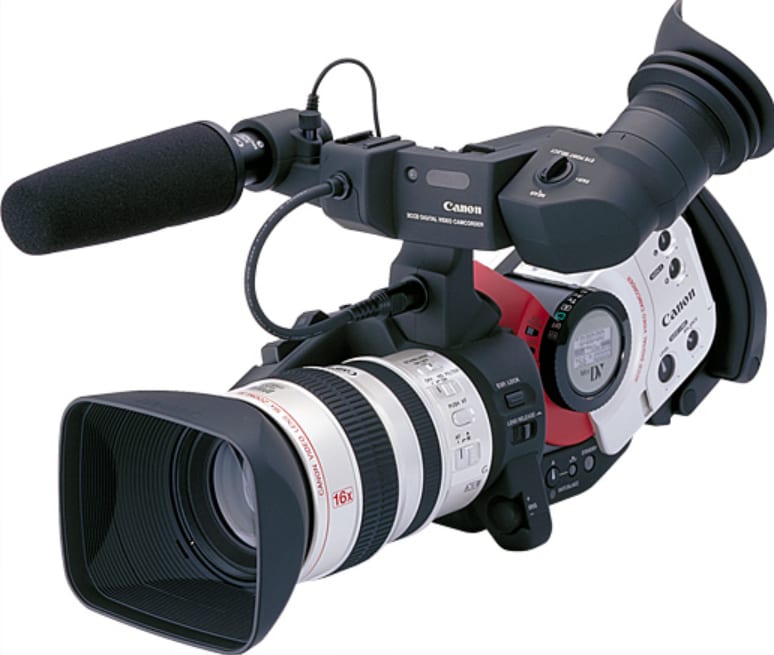
Canon XL1 Video Camera was initially launched in February 1998, and it was a significant step towards the development of prosumer camcorders. It features a modular design and a special XL interchangeable lens mount, which allows the use of high-quality XL lenses.
This was one of the 3-CCD mini-DV prosumer cameras paired with a shoulder mount format and XLR audio inputs. The Canon XL1 camcorder brought broadcast-level flexibility to a far more affordable package.
XL1 established a reputation for outstanding build quality and dependability. Additionally, NASA declared it the official digital video camera for Space Shuttle missions, recognized for its strong RF shielding and efficacy in extreme environments. Besides, Canon released an NTSC version of the XL1 to North America, a PAL version to Japan, and an NTSC version to Europe.
Part 2. Key Specifications of Canon XL1 Camcorder
Before you understand whether it's worth using a Canon XL1 mini DV camcorder, let’s learn about its key specifications and what it offers:
| Specification | Details |
| Image Sensor | 3× 1/3″ CCD Pixel-Shift (270,000 pixels each, green sensor shifts vertically) |
| Recording Format | MiniDV (SP/LP modes), NTSC/PAL variants depending on region |
| Horizontal Resolution | Over 600 TV lines |
| Lens (Included) | XL 5.5-88mm IS 16x optical zoom |
| Lens Mount | Canon XL (interchangeable; EF-compatible via adapter) |
| Digital Zoom | 32x digital |
| Image Stabilization | Super Range Optical IS (gyro+motion vector) |
| Shutter Speed Range | Manual: 1/15000s to 1/60s |
| Low-Light Sensitivity | Min. illumination: 2 lux (XL lens, 1/8 slow shutter) |
| Audio | PCM digital stereo; 2× XLR inputs, headphone jack |
| Outputs | IEEE 1394 (DV), composite (RCA), S‑Video |
| Exposure Modes | Auto, Manual, TV, AV Spot, Spotlight; Zebra slow shutter, frame scan |
| Body & Ergonomics | Shoulder-mounted with top-handle controls; rotating viewfinder |
| Dimensions (W×H×D) | 8.75″ × 8.44″ × 16.31″ (222 × 214 × 414 mm) |
| Weight | 3lb 11oz (~1.7 kg) |
| Power Supply | BP-927 Lithium-ion battery (7.2 V DC) |
| Special Features | Pixel-Shift 3‑CCD, interchangeable lenses, Super Range IS, 16:9 anamorphic |
| Pricing | eBay: $189.97 (used)Original: US$4,700 approximately |
Part 3. Is the Canon XL1 Mini DV Camcorder Still Worth Using?
This outstanding tech piece remains a surprisingly viable tool for certain creators, even though it's too old. Its 3-CCD Pixel Shift sensor delivers rich color and a filmic “DV aesthetic” that 2000s-era cinematographers loved. Not only that, 28 Days Later was shot on XL1s, highlighting how its output can still carry cinematic weight today. However, the Canon XL1 digital video camera also comes with notable drawbacks today.
It shoots with only standard definition (480i/576i), lacks modern image formats, and relies on Mini DV tapes. Additionally, mechanical wear and difficulty in finding spare parts can undermine reliability. In short, XL1 remains a teaching tape-based workflow, but for mainstream production, modern camcorders are a far better fit.
Part 4. What Is Canon XL1 Video Camera File Corruption and Root Causes?
This issue refers to the digitally recorded video that becomes unviewable and ultimately corrupted because of several technical problems. These damaged files frequently exhibit issues such as frame drops or audio synchronization errors, rendering them unfit for use without fixing. Prior to engaging in the repair solution, it's essential to grasp the reasons behind the Canon XL1 video camera file corruption initially:
- Dirty Heads: Accumulated debris or lubricant from various tape brands clogs the playback head, which leads to glitches or horizontal lines in files. Regular head cleaning is essential to avoid long-term playback issues.
- Tape Damage: Magnetic oxide shedding or physical wrapping, particularly near the tape ends, can cause dropouts or unreadable segments. Old or poorly stored tapes are especially vulnerable, which leads to file corruption.
- Power Interruptions: Sudden battery failure or ejecting tapes while recording can also disrupt metadata writing and result in truncated or corrupted files. This often leads to files that won’t open or cut off abruptly.
- Timecode Errors: Tapes with damaged or missing index data can cause skipped frames and sync issues during digitization. Consistent timecode is critical for smooth playback and editing, which causes uneven captures.
- Tape Mixing: Using tapes from different manufacturers, like wet or dry lubricant types, in the same camcorder can cause poor reading, which results in corrupted footage. It's best to stick to one tape brand per device so you can avoid this issue.
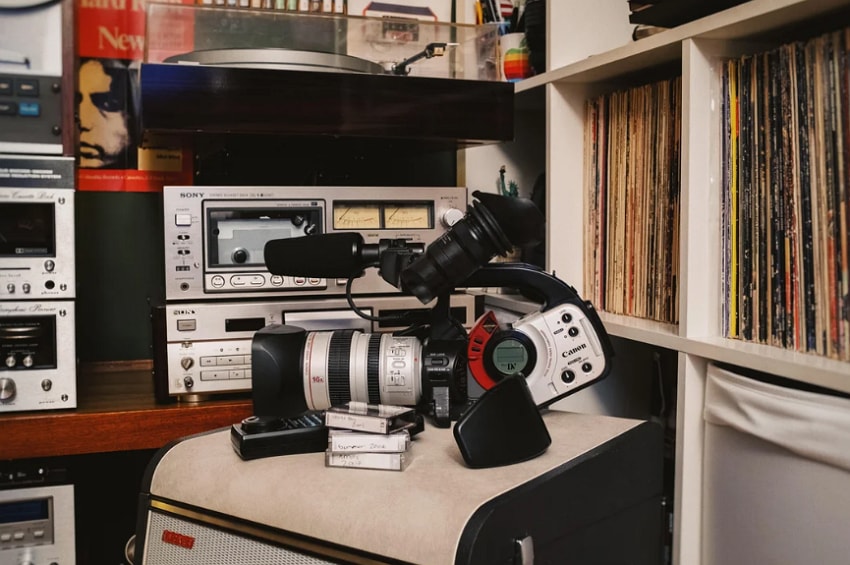
Part 5. Fix Damaged or Unplayable Canon XL1 Digital Video File in One Click
When your Canon XL1 camcorder footage plays with glitches or refuses to open, a reliable video restoration tool like Repairit Canon Video Repair can help. It handles everything from MP4/ MOV to professional RAW formats to work seamlessly with footage from Canon. Users can repair more than one video at a time to help them stay productive, especially when they have a tight schedule.
The built-in preview lets users verify repair results before exporting, giving confidence and avoiding unnecessary processing. Repairit can be accessed on Windows and Mac, which makes it ideal for every type of user. It restores damaged footage from premium cameras and works with intricate codecs like HDR formats, positioning it as a professional recovery tool for filmmakers.
Key Features
- Dual Repair Mode: With both Quick and Advanced repair, it increases the recovery process while preserving the original data.
- Multi-Resolution Support: It ensures the resolution is preserved according to the XL1 footage quality, which is SD.
- Safe and Read-Only Process: Repairit does not alter your original file during the process, as it creates a newly playable version and keeps your raw footage intact.
After learning the features, follow the guidelines given if you want to learn how to use this tool and fix corrupted files of the Canon XL1 camcorder:
Step 1. Open Repairit on your device and click the “Start” button after you go to the “Video Repair” tab.
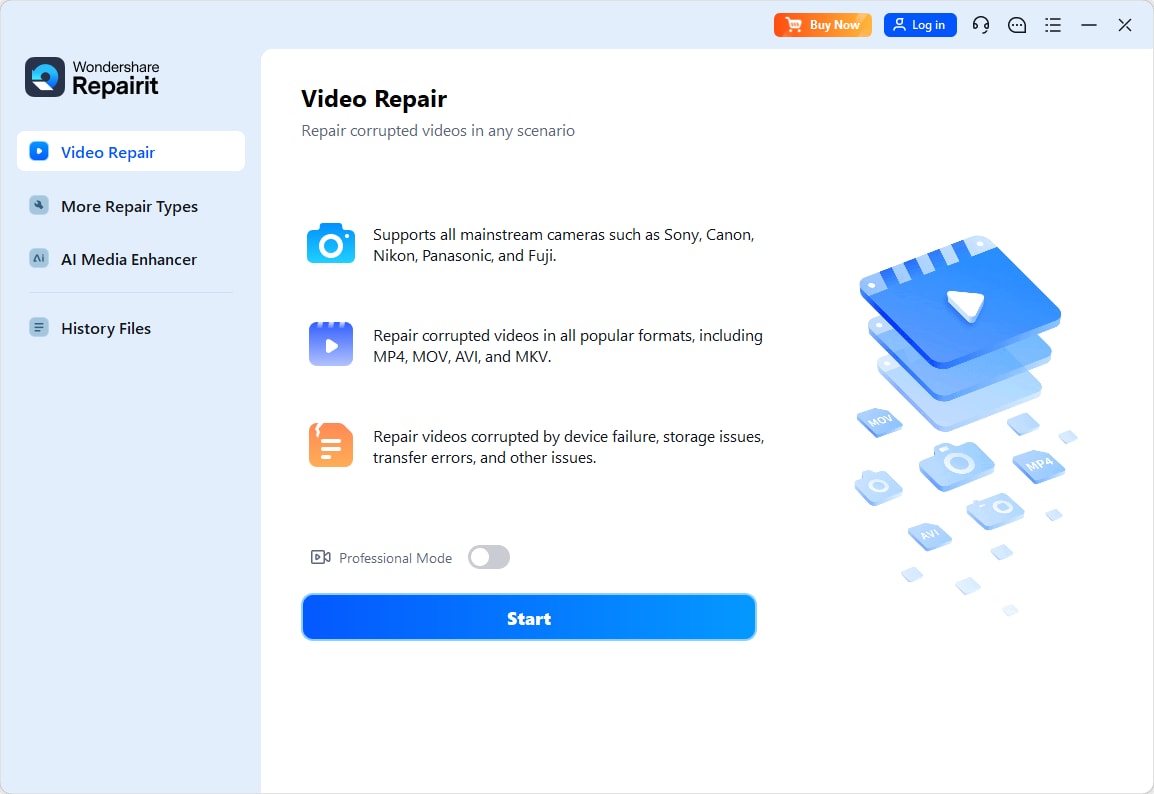
Step 2. Next, add the corrupted Canon XL1 files and check under the “Unrepaired Videos” section. After you import all the files, click the “Repair” button to start the repair process.
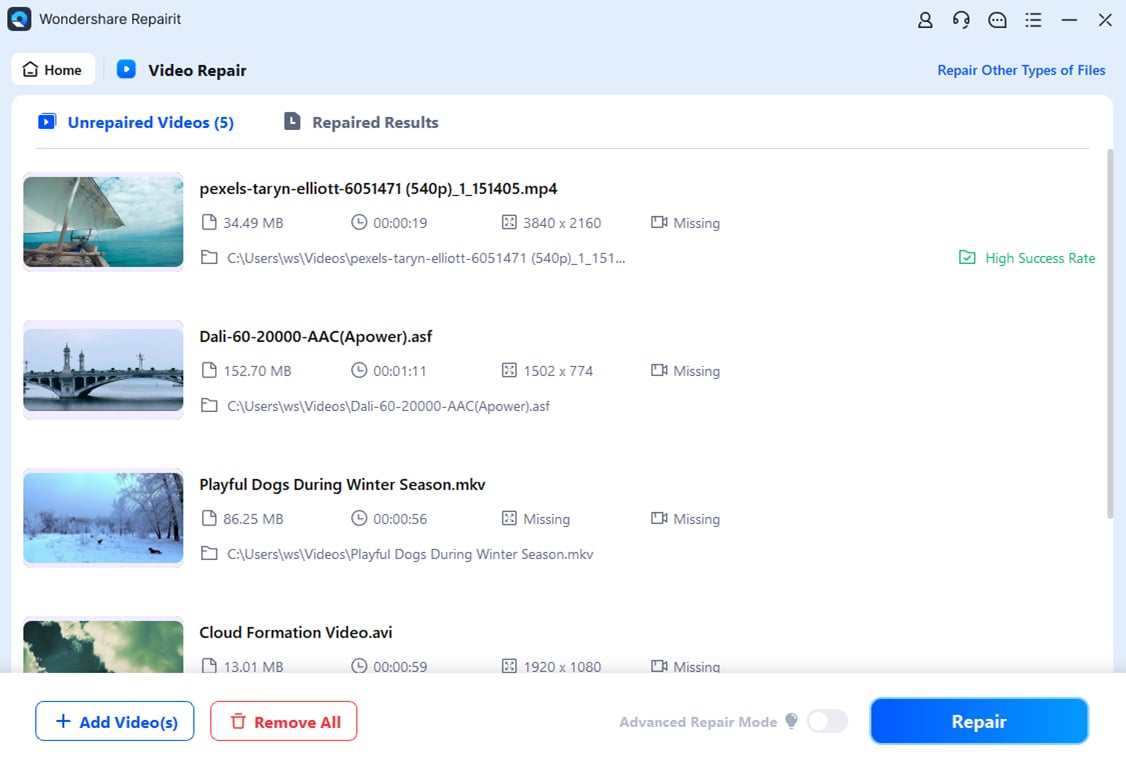
Step 3. Check the results from the “Preview” button when the tool has restored them, and click the “Save” button to export the Canon XL1 videos.
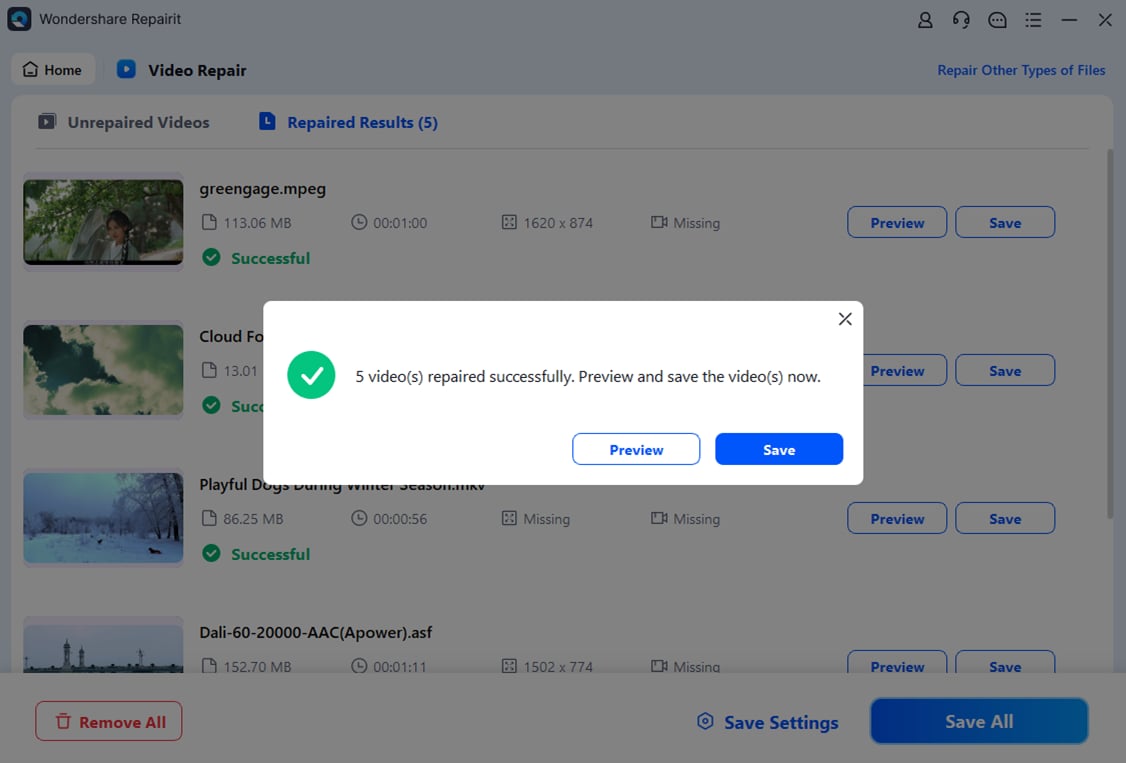
Fix Damaged or Unplayable Canon XL1 Digital Video File in One Click

More solutions to Canon file issue:
Best 5 Ways to Recover/Repair DAT File in Canon Camera
How to Open, Edit & Repair Canon RAW Format Files?
How to Fix Canon Camera Not Connecting to Mac or PC?
Conclusion
To sum up, this guide has given you a detailed overview of the Canon XL1 mini DV camcorder. This software is regarded as a significant asset for filmmakers, though it is an outdated camera. Consequently, file corruption is an expected experience as you operate older cameras. Hence, it is advised to use Repairit, which will offer a smooth and effective way to fix corrupted files and ensure your footage is not useless anymore.
Frequently Asked Questions
-
1. Does Canon XL1 fit into the current video editing software?
Yes, but you will have to first convert the MiniDV tapes through FireWire to a digital format such as AVI or MOV. Once it's digitized, you can import the files into modern software like Adobe Premiere Pro. -
2. Which cable do I use to transfer the Canon XL1 to a computer?
The cable required is a 4-pin to 6-pin FireWire cable, and this will be based on the port of your computer. You may also require a USB-C converter or a legacy machine to support native support, in case your current system does not have FireWire support. -
3. Can one still buy blank MiniDV tapes to use in the Canon XL1?
Such tapes can still be found on the internet via Amazon or eBay. However, it's best to stick to one brand to avoid head clogging or lubricant issues. -
4. Is it possible to upgrade the Canon XL1 to HD or operate it through an HDMI connection?
Not really, the Canon XL1 video camera is only standard definition (480i or 576i) and does not provide HDMI output. However, you can enhance the video footage in the video software during the post-production process in case you need it.

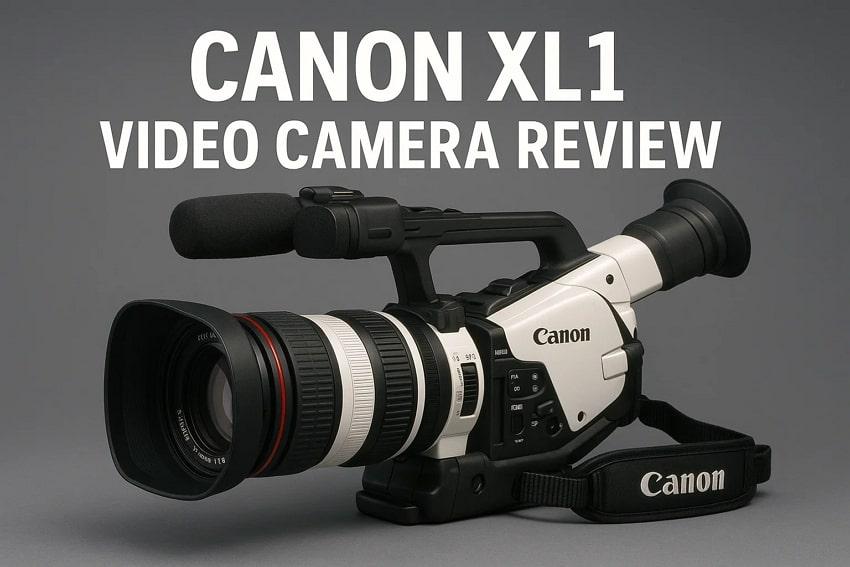
 ChatGPT
ChatGPT
 Perplexity
Perplexity
 Google AI Mode
Google AI Mode
 Grok
Grok

